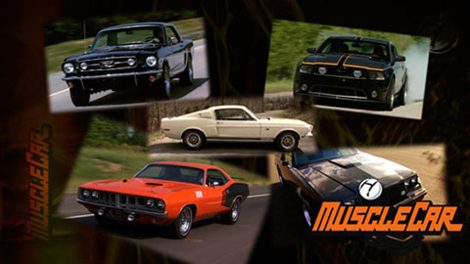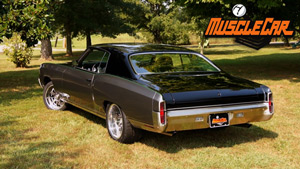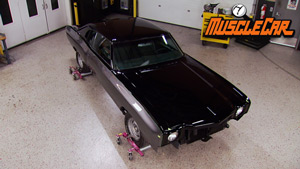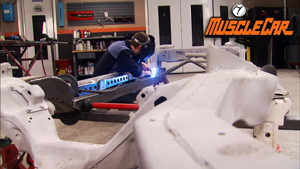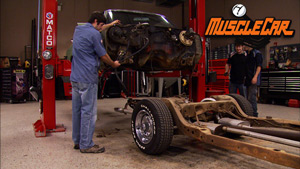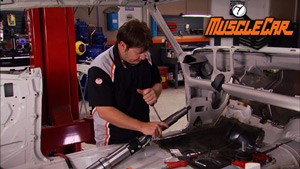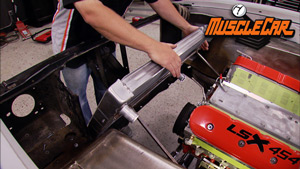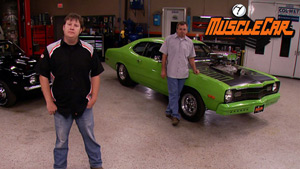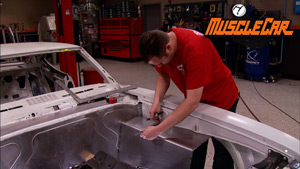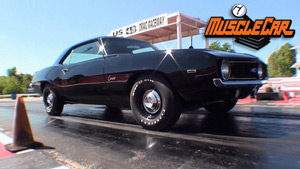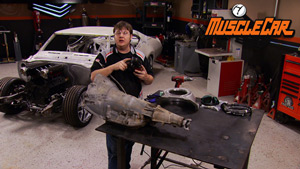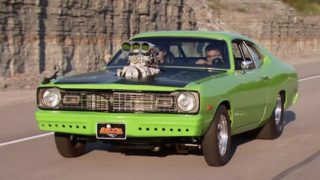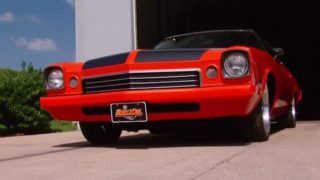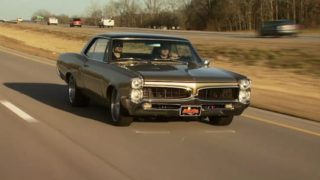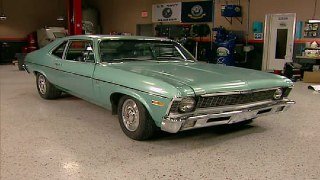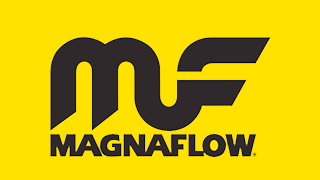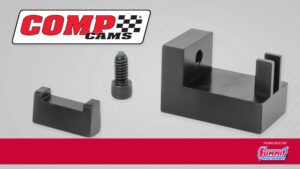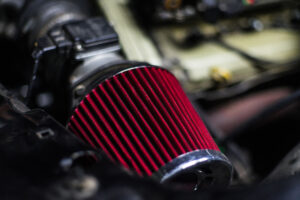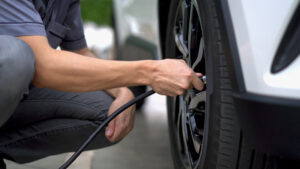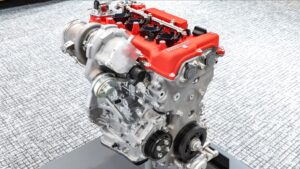MuscleCar Builds
Want more content like this?
Join the PowerNation Email NewsletterParts Used In This Episode
Magnaflow
Rear exhaust kit, V8 4.6L; GT4 x 4 x 14in. Dual Mufflers, 2.5in. Magnapack System, 4in. Dual Polished Tips, DUAL SPLIT REAR EXIT, 2.5in. Tru-X Pipe w/Metallic Converters.
Baer Brake Systems
Baer Claw GT front brake system.Upgrades include FOOSE logo 6P calipers, upgrade to SDZ rotor surfaces and stainless braided lines for front.
Roush Performance
6 pc. body kit, rear wing, rear lower valance, side splitters, front splitter, front fascia with foglamps.
Foose Design Inc.
Custom Automotive Designer.
O'Reilly Auto Parts
Shop Light Bulbs (2)
O'Reilly Auto Parts
Windshield Wiper Blades
